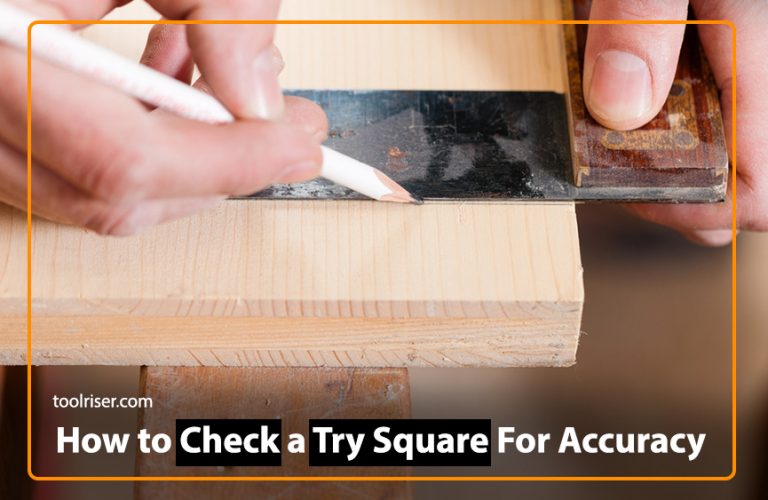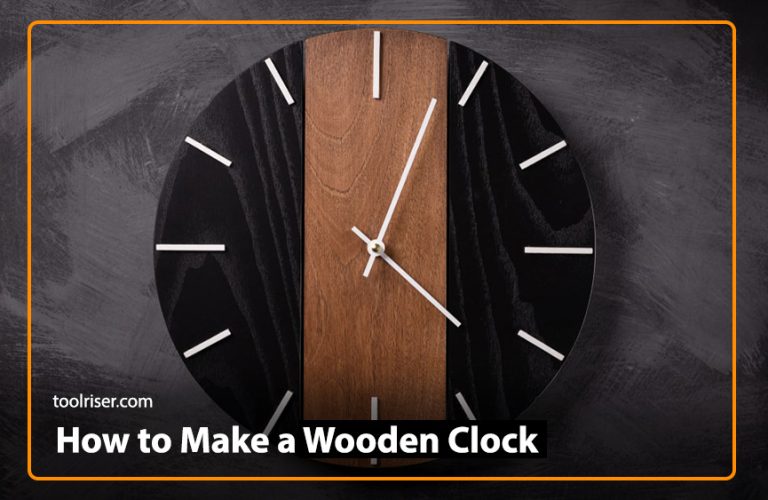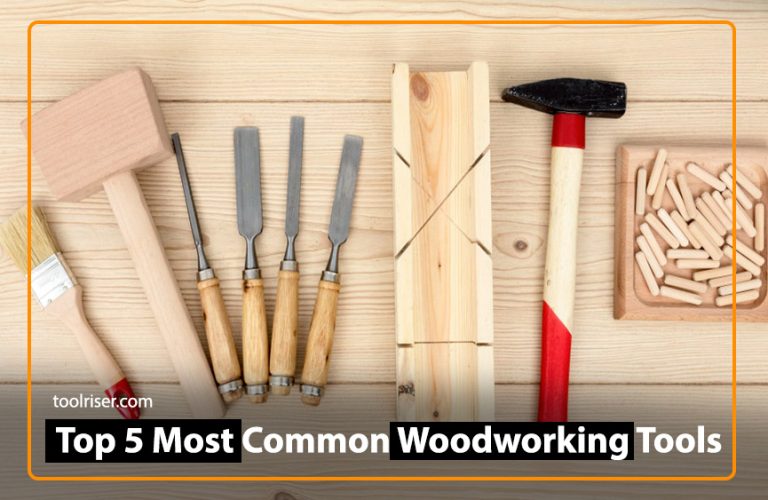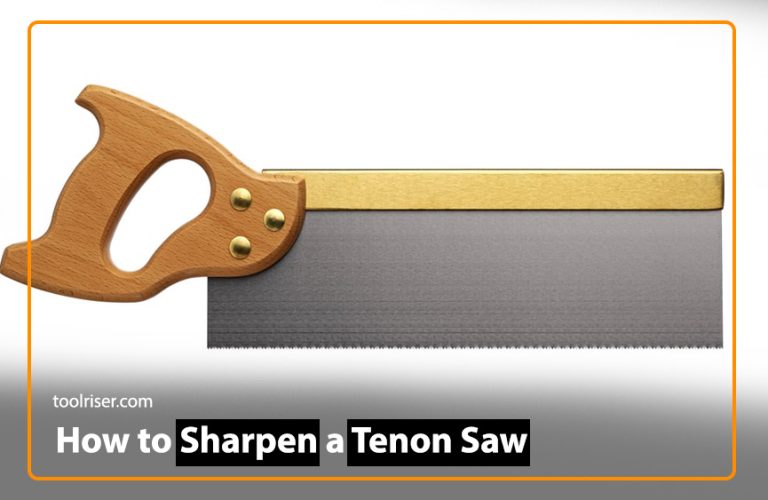How to Choose Perfect Hand Saw for Woodworking
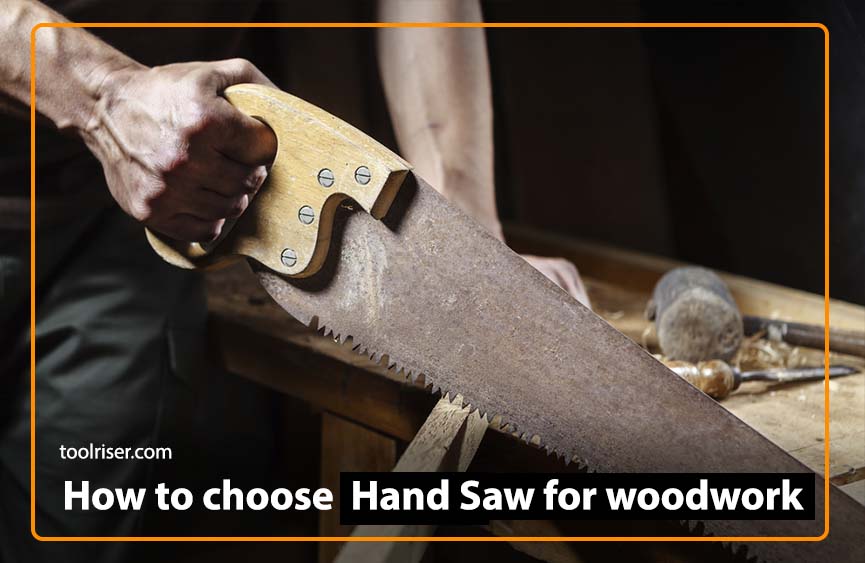
When it comes to woodworking, having the right tools is essential for achieving the desired outcome. Hand saws are one of the most basic yet vital tools in a woodworker’s arsenal. These saws provide control and precision that power saws can’t match in delicate or intricate work. However, with a wide variety of hand saws available in the market, choosing the perfect one for your projects can be daunting. In this blog post, we’ll guide you through the process of selecting the ideal hand saw for your woodworking needs.
Different Types of Hand Saws
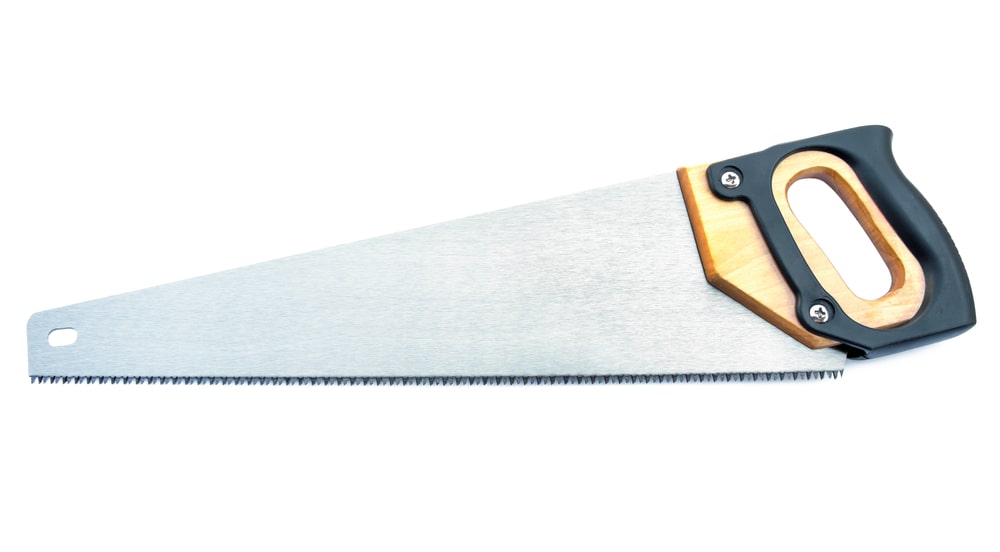
Before you can choose a hand saw that will best suit your woodworking project, it’s important to understand the different types available:
Rip saws: Designed to cut along the grain of the wood. They have fewer, larger teeth that remove more material with each stroke.
Crosscut saws: Used for cutting across the grain. These saws have more teeth per inch than rip saws for a smoother cut.
Back saws: Have a stiffened rib on the edge opposite the cutting edge, which enables more control and precision for tasks like cutting joinery.
Dovetail saws: A type of back saw with a thin blade and fine teeth, ideal for cutting dovetail joints in woodworking.
Coping saws: These are used for intricate work, such as cutting curves or interior cutouts.
Pull saws (Japanese saws): Cut on the pull stroke, allowing for a thinner blade and cleaner cuts.
Factors to Consider When Choosing a Hand Saw
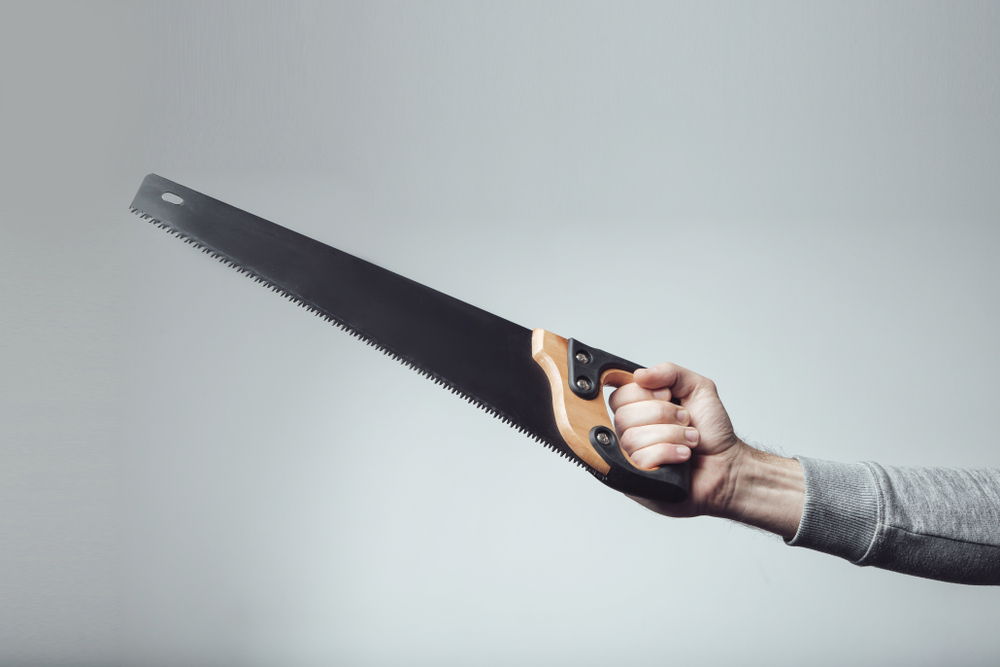
1. The Type of Woodworking Projects
What types of projects do you typically work on? If you need a saw for cutting joinery, a back saw like a dovetail saw or a tenon saw will be ideal.
2. The Material Being Cut
Are you cutting softwoods, hardwoods, or a mix? Hardwoods may require saws with harder teeth to withstand wear.
3. The Required Precision
Detailed work demands a saw that offers greater control and has finer teeth, such as a coping saw or dovetail saw.
4. Tooth Count and Configuration
The tooth count, often referred to as “teeth per inch” (TPI), is crucial. More teeth generally equate to a finer, slower cut, while fewer teeth deliver a rougher, faster cut.
5. Handle Comfort
The handle of the saw should fit comfortably in your hand to reduce fatigue and maintain control during use.
6. Quality and Durability
Invest in saws made from high-quality materials to ensure longevity and performance.
Hand Saw Maintenance
To keep your hand saw in perfect condition, regular maintenance is necessary. You should keep the blade clean, occasionally oil it to prevent rust, and sharpen the teeth when they become dull.
Read More:- How to Cut a Notch in Wood with Woodworking Hand Tools
Read more:- How to Hand Cut Dovetail Joints: A Complete Guide 2024
FAQ’s
Q1: What’s the best hand saw for beginners?
A1: Beginners should start with a general-purpose crosscut saw, as it is versatile and can be used for a variety of cuts.
Q2: How do I maintain my hand saw?
A2: Keep the saw clean, lightly oil the blade to prevent rust, and sharpen the teeth when necessary.
Q3: Are pull saws better than push saws?
A3: Pull saws, such as Japanese saws, can provide greater accuracy and thinner cuts due to their design, but the best type for you depends on your Comfort and the specific job at hand.
Q4: Can one hand saw do all types of woodworking jobs?
A4: While a general-purpose hand saw can handle many tasks, specialized saws are often necessary for precision work and specific types of cuts.
Q5: How often should I replace my hand saw?
A5: With proper care and maintenance, hand saws can last many years. Replacement is only necessary when the saw is damaged beyond repair or can no longer be effectively sharpened.
Q6: Does the handle type matter when selecting a hand saw?
A6: Yes, the handle should comfortably fit your grip to provide control and minimize fatigue during use. Different handle styles and materials can also affect the saw’s balance and cutting angle.
Final Thoughts
Choosing the perfect hand saw for your woodworking project is about understanding your needs and the unique characteristics of the saws available. With the right saw in hand, you can ensure your woodworking projects are not only successful but also enjoyable.


